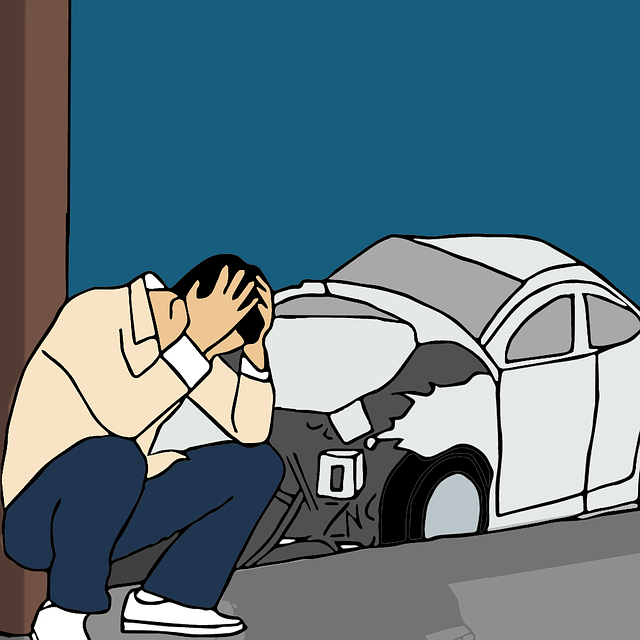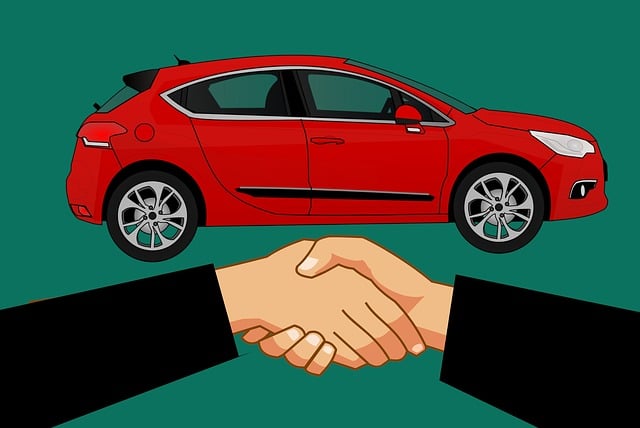Title: Understanding the 6 Types of Car Insurance Policy Coverages
Introduction:
Car insurance is not just a legal requirement in many places; it’s also essential protection for drivers against financial losses due to accidents, theft, or other unexpected events. However, navigating the complexities of car insurance policies can be daunting. To help you make informed decisions, let’s explore the six main types of car insurance coverages available.
- Liability Coverage:
Liability coverage is the foundation of most car insurance policies. It typically includes two types of coverage: bodily injury liability and property damage liability. Bodily injury liability covers medical expenses, lost wages, and legal fees if you injure someone else in a car accident. Property damage liability covers the cost of repairing or replacing another person’s property, such as their vehicle or a fence, that you damage in an accident.
- Collision Coverage:
Collision coverage pays for damage to your vehicle caused by colliding with another vehicle or object, regardless of who is at fault. Whether you hit another car, a tree, or a pole, collision coverage helps cover the cost of repairing or replacing your vehicle. Keep in mind that collision coverage usually comes with a deductible, which is the amount you must pay out of pocket before your insurance kicks in.

- Comprehensive Coverage:
Comprehensive coverage protects your vehicle from non-collision related damages, such as theft, vandalism, fire, or natural disasters like floods or storms. It also covers damage caused by hitting an animal, such as a deer. Like collision coverage, comprehensive coverage typically comes with a deductible. - Personal Injury Protection (PIP) or Medical Payments Coverage:
Personal Injury Protection (PIP) or Medical Payments Coverage (MedPay) covers medical expenses for you and your passengers if you’re injured in a car accident, regardless of who is at fault. PIP is more comprehensive and may also cover lost wages, funeral expenses, and other costs related to injuries sustained in a car accident. Medical Payments Coverage functions similarly but usually has lower coverage limits.
- Uninsured/Underinsured Motorist Coverage:
Uninsured/Underinsured Motorist Coverage provides protection if you’re involved in an accident with a driver who either doesn’t have insurance (uninsured) or doesn’t have enough insurance to cover your expenses (underinsured). This coverage can help pay for medical bills, lost wages, and other damages resulting from the accident.

- Gap Insurance:
Gap insurance is optional coverage that can be valuable if you’re leasing or financing a vehicle. If your car is totaled in an accident and you owe more on your loan or lease than the car is worth, gap insurance covers the “gap” between the vehicle’s actual cash value and the amount you owe. This ensures that you’re not left paying off a loan for a car you no longer have.
Conclusion:
Understanding the different types of car insurance coverages is crucial for protecting yourself, your passengers, and your vehicle on the road. By selecting the right combination of coverages based on your needs and budget, you can drive with confidence knowing that you’re adequately protected against unforeseen events. Be sure to review your policy regularly and consult with your insurance provider to ensure you have the coverage you need.

